After observing wild animals in their natural environment, Anthony Smith uses the images he sees as an inspiration for his sculptures. He has traveled all around the world to study wildlife with a camera and sketchbook in hand to capture first-hand experiences.
Smith's sculptures aim to capture the unique experience that people feel when they are surrounded by nature and wildlife, his biography states. He has traveled to all seven continents, and has even been to the North Pole and below the Antarctic circle. Smith even sailed around the world aboard the the three-masted tall ship, the Stad Amsterdam, in 2009-2010.

Photo courtesy of Anthony Smith
Born in Scotland, Smith grew up in Qatar and the United Arab Emirates, and his love of the art of sculpting began early while he attended school in England. He was casting bronze wildlife sculptures and exhibiting them by the time he turned 18 in London's Mayfair Art District.
His work has been commissioned for the Natural History Museum of London and Cambridge University. He also created a two-pound coin for the United Kingdom and was awarded the Artist Residencies in the Falkland Islands and South Georgia--where he lived for a short while to observe penguins, albatrosses and seals.
Smith has a penchant for penguins, and other animals that thrive in colder climates such as polar bears. But his sculpture portfolio is immense and also includes elephants, flamingos and aquatic life.

Photo courtesy of Anthony Smith
In an interview with Kinute, Smith described what influenced him as a sculptor, what he finds fascinating about nature and wildlife, his most memorable experience and sculpture, and where he sees his future.
What was your biggest influence for becoming a sculptor?
My sculpting has always gone hand-in-hand with my love of wildlife. I grew up watching David Attenborough wildlife documentaries and reading the books that accompanied the series. This ultimately led to me studying zoology at university and also becoming a wildlife sculptor – so Attenborough has had a huge impact on my life. My enjoyment of art is also something that has been with me since I was a small child – I was always drawing and painting – but it wasn't until I was 17 that I discovered my passion for sculpting. I read a book about the 19th century French Animaliers – the artworks were so energetic and full of life. I was blown away. I bought more books that taught the traditional sculpting methods and spent all my free time practicing and improving my art. By the time I was 18 I was exhibiting my bronze sculptures at a gallery in London, and my career was underway!
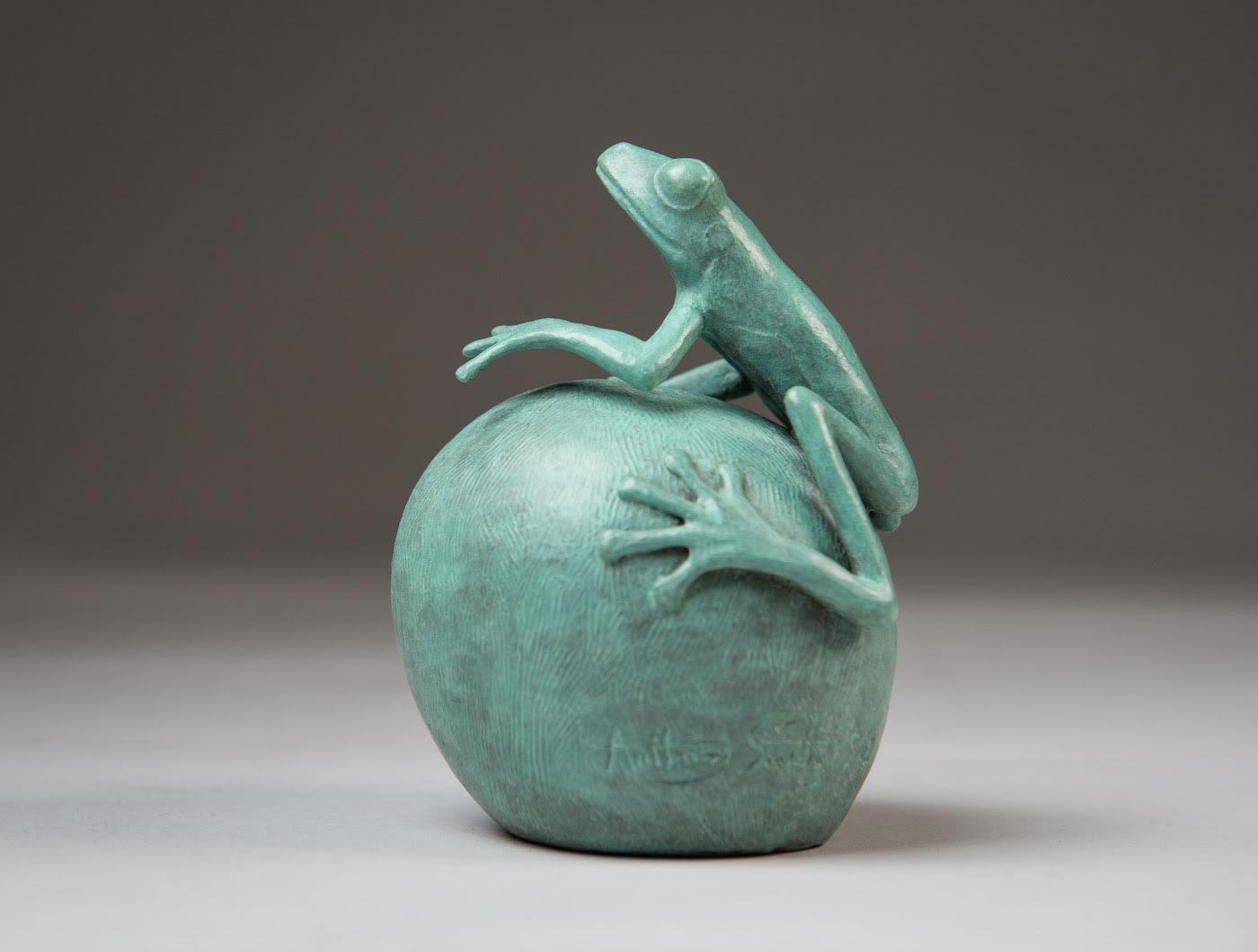
Photo courtesy of Anthony Smith
What do you find most fascinating about wildlife and nature and how is that reflected in your art?
I have always been fascinated by the diversity of life on earth. Each species has its own unique appearance, behavior, or life cycle that enables it to survive and reproduce. There are so many different solutions to the challenge of staying alive. I find all sorts of animals fascinating, but it is the ones that I have been able to study and observe closely in the wild that I chose to sculpt. For each subject I try to capture something that is unique to that animal; something that strikes me when I am observing them. It might be a particular pose, or a specific behavior, or just the general demeanor that I think is characteristic of that species.
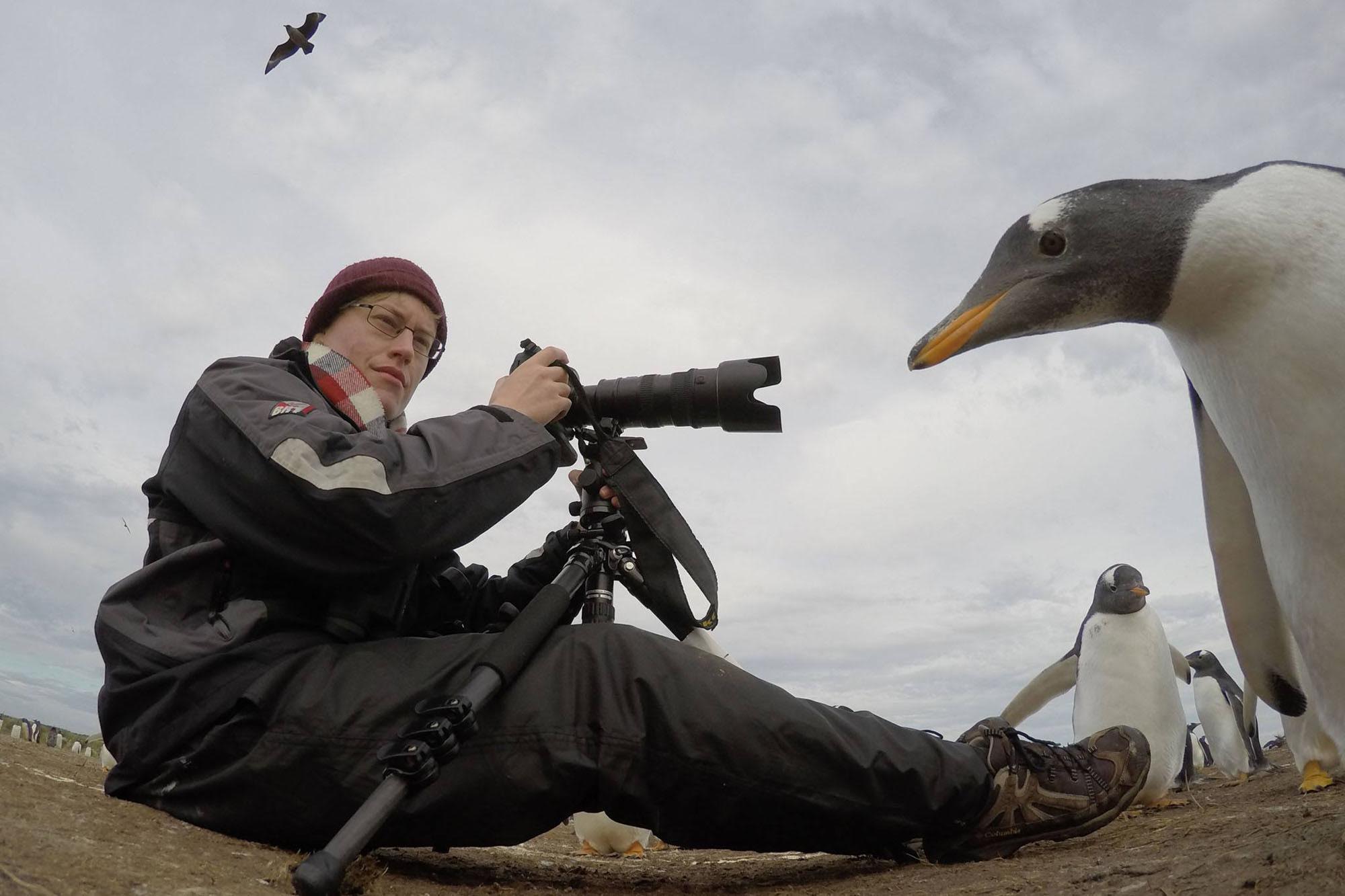
Photo courtesy of Anthony Smith
You seem to have a sweet spot for penguins.
I certainly do like penguins – they're great! I have been lucky enough to have observed 12 of the 17 species of penguin around the world. It's my mission to see them all. I think that their appeal comes from their contrasting qualities: they are clumsy and slow on land, but fast and agile predators in the water; they are often comical and curious and yet somehow also confident and regal; they seem cuddly and vulnerable, and yet they are able to thrive in some of the harshest environments on earth. They are incredible animals and I feel privileged to have spent so much time observing them thanks to a 2012 Shackleton Scholarship that I was awarded to visit the Falkland Islands, plus a two-month Artist In Residence position by the South Georgia Heritage Trust. These were life-changing experiences and truly gave me the 'polar bug' – I've been to the Antarctic and Subantarctic many times since, and I can't wait to go back again.

Photo courtesy of Anthony Smith
You’ve said you strive to capture the fantastic feeling we experience when surrounded by nature. If you had to describe that feeling in words what would you say?
For me it is all about a feeling of connection. When you are out in nature, away from everything that is man-made, you can forget about the distractions of the modern world – work, money, politics – and instead simply feel connected to this big, beautiful world that we share with all the other incredible species of this planet.
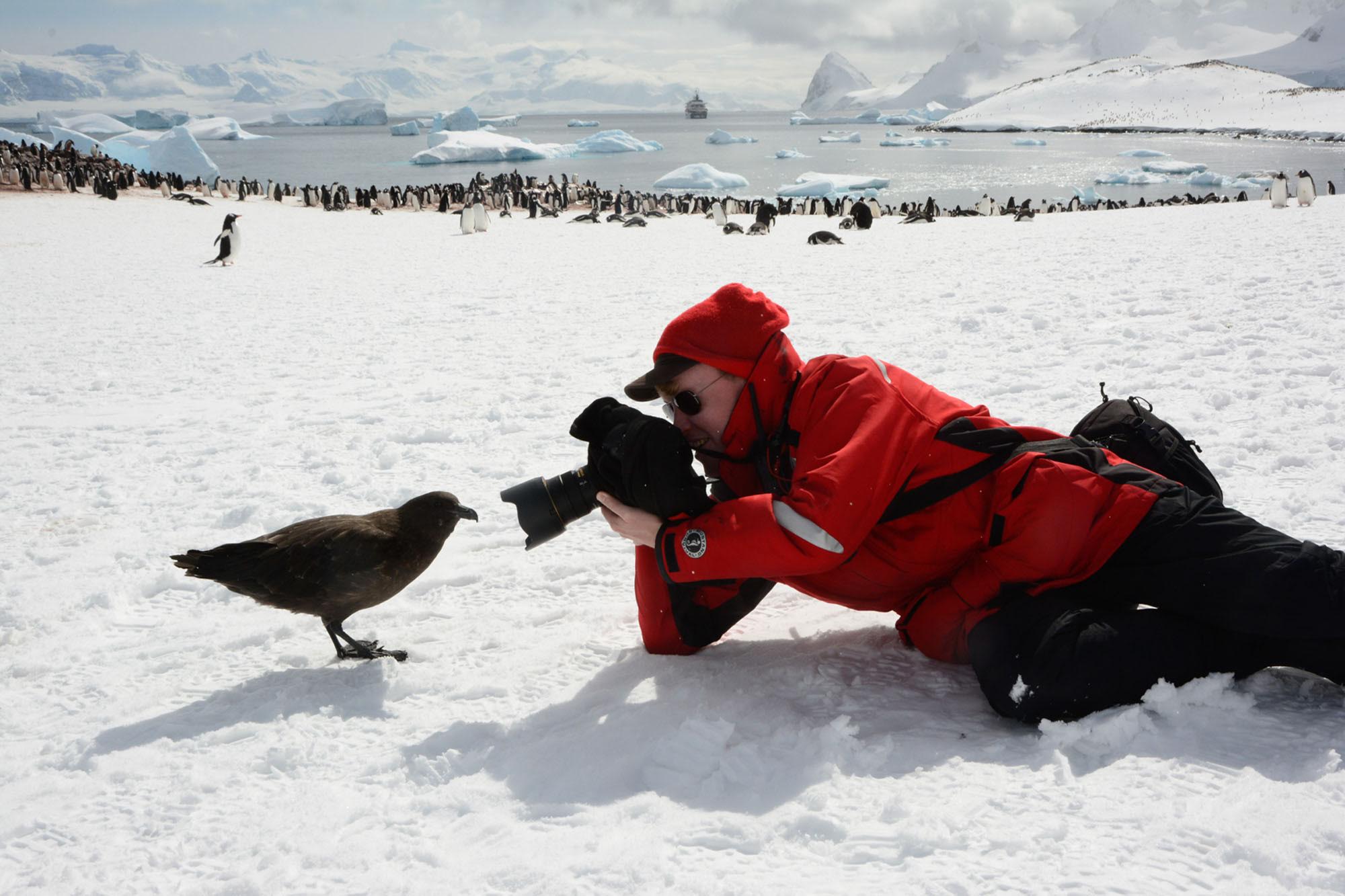
Photo courtesy of Anthony Smith
When you’re off exploring nature with a camera and sketchbook, do you travel alone?
I do sometimes travel for long periods all on my own, but I also travel with others. In addition to my solo adventures, I also travel on small Expedition Cruise ships as a guide and lecturer – it's the perfect way for me to spend more time observing wildlife in remote areas, gaining inspiration for my art, as well as sharing my knowledge and interests with other people. This has taken me to many incredible places in the polar regions and beyond.
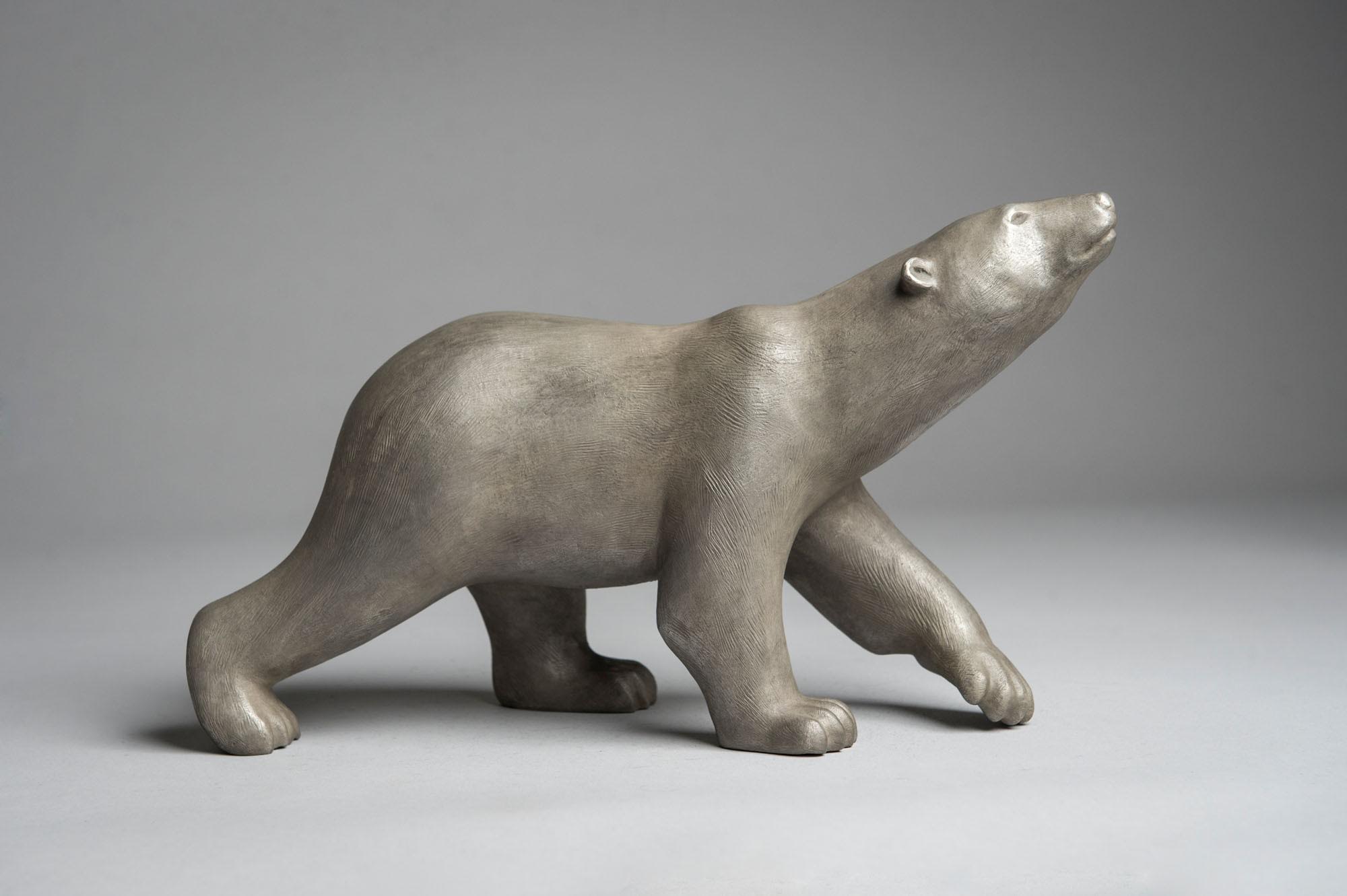
Photo courtesy of Anthony Smith
What is the most memorable thing you’ve seen in the wild? Has there ever been a time you felt unsafe?
I have been fortunate to have experienced many memorable moments in the wild and sometimes it can feel a little intimidating, like when I was charged by a bull elephant in Botswana, or surrounded by dozens of huge hammerhead sharks when diving in the Galapagos islands. The time when I really felt my heart in my mouth was when I was walking with a guide in southern Nepal and we heard growling ahead of us – an angry looking tiger was behind the long grass just 20 meters ahead! My guide had a stick, but he was standing behind me, so I'm not sure how much use it would have been. We backed away slowly and the tiger watched us go. It all turned out alright, but it's not a feeling that I will forget any time soon.
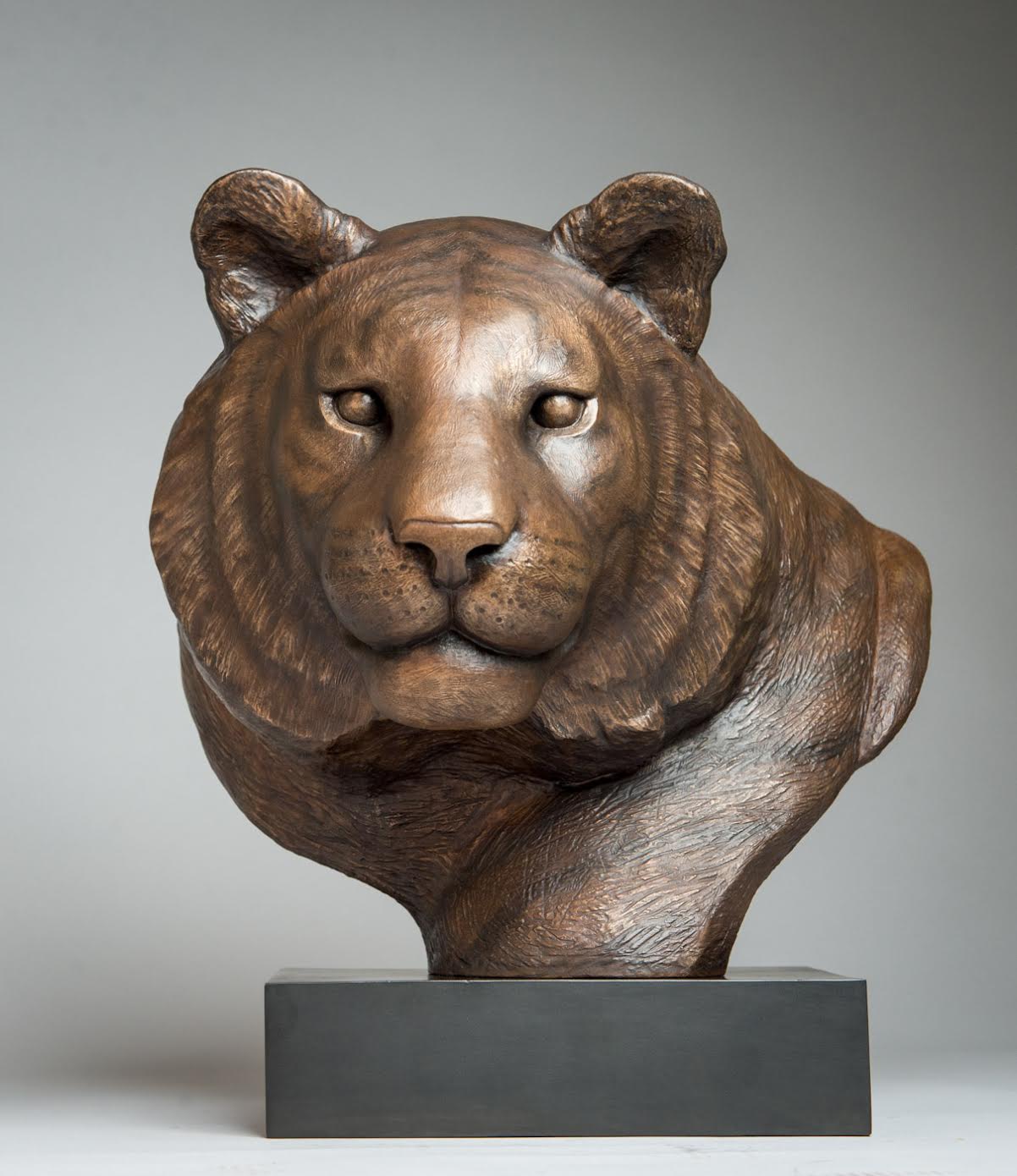
Photo courtesy of Anthony Smith
As far as travel plans go, what are your bucket-list destinations and why?
There are still so many incredible parts of the world that I would love to experience. Madagascar is very high on my list, and I definitely have to visit the New Zealand subantarctic islands if I want to fulfill my goal of seeing all of the world's penguin species.
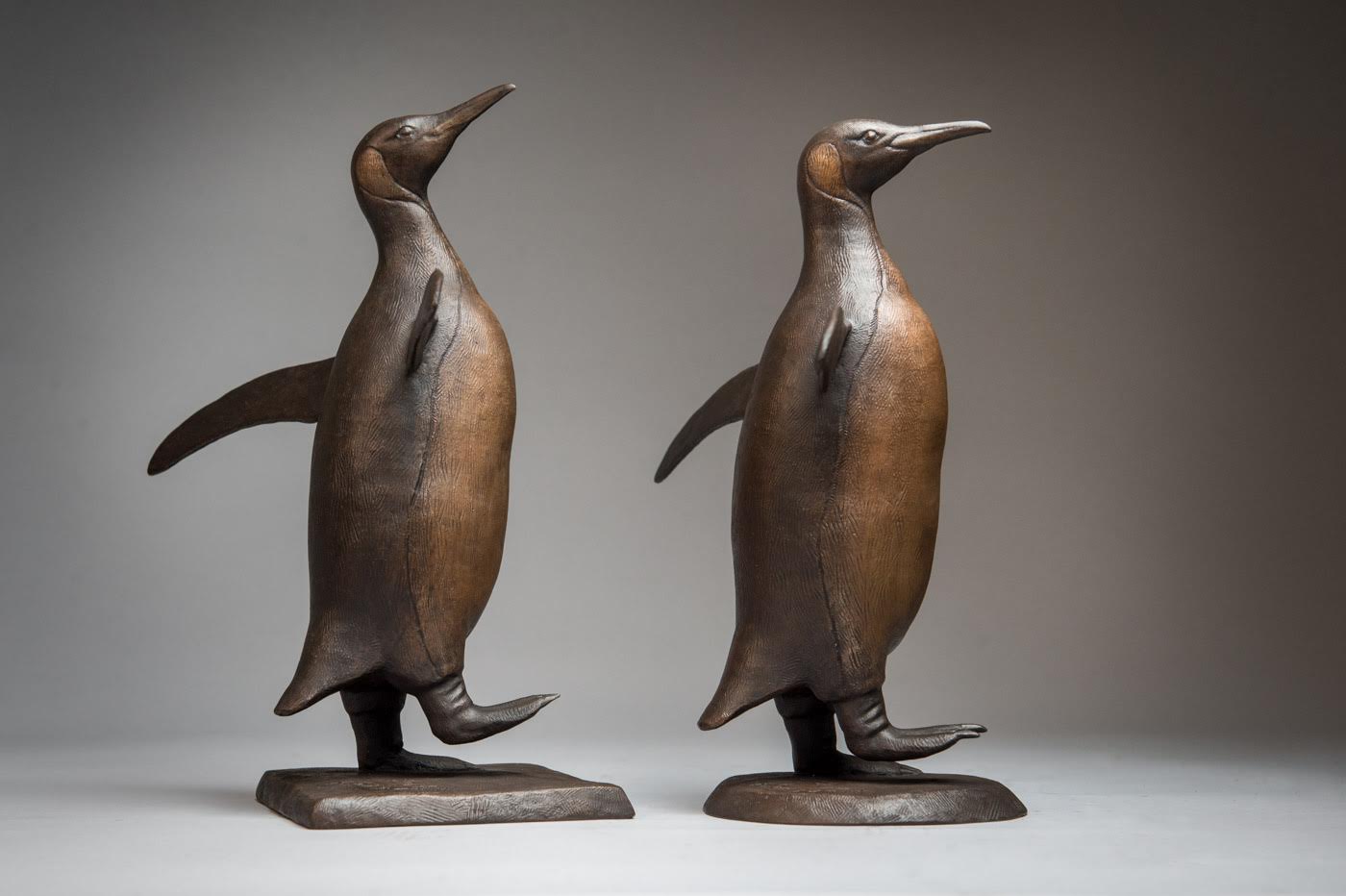
Photo courtesy of Anthony Smith
What negative human impacts have you seen while observing animals?
Sadly I see a lot of marine pollution during my travels at sea. I'm constantly spotting large pieces of plastic floating in the ocean, and even in the high Arctic some shorelines are littered with rubbish like buckets and old fishing nets. I've helped researchers to rescue seals that had nylon ropes wrapped around their necks, but sometimes it's not possible to do anything, and that's heart-breaking. Through my artwork I chose to depict nature in its unadulterated state, as I believe that it's only by appreciating and valuing nature the way that it is supposed to be that we stand a chance of protecting it. I hope that my artwork helps foster that appreciation in others, and perhaps helps to inspire people to protect the natural world.
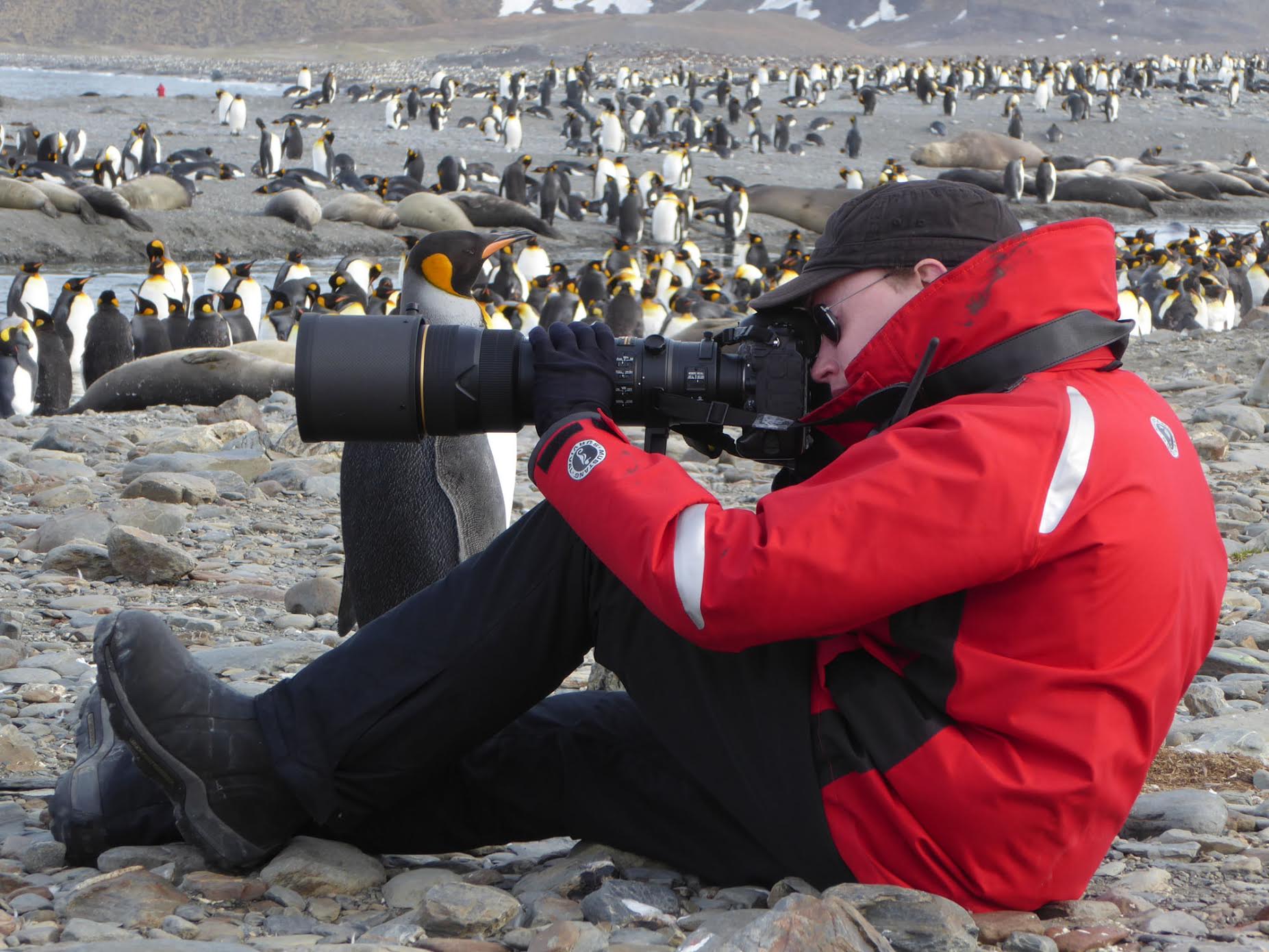
Photo courtesy of Anthony Smith
Of all your projects, which one are you most proud of and why?
I think that would be my 2013 statue of Alfred Russel Wallace for the Natural History Museum of London. It was such an honor to create a sculpture for my favorite museum in the world, and it was the first new statue commissioned for this great museum in more than 80 years. The subject was also very close to my heart. When I was at Cambridge University I studied the works of Alfred Russel Wallace as part of my zoology degree – he was an incredible explorer and naturalist, who developed the theory of evolution by natural selection independently of Charles Darwin. My hero, Sir David Attenborough, was also kind enough to unveil that statue, so I always remember the project very fondly.
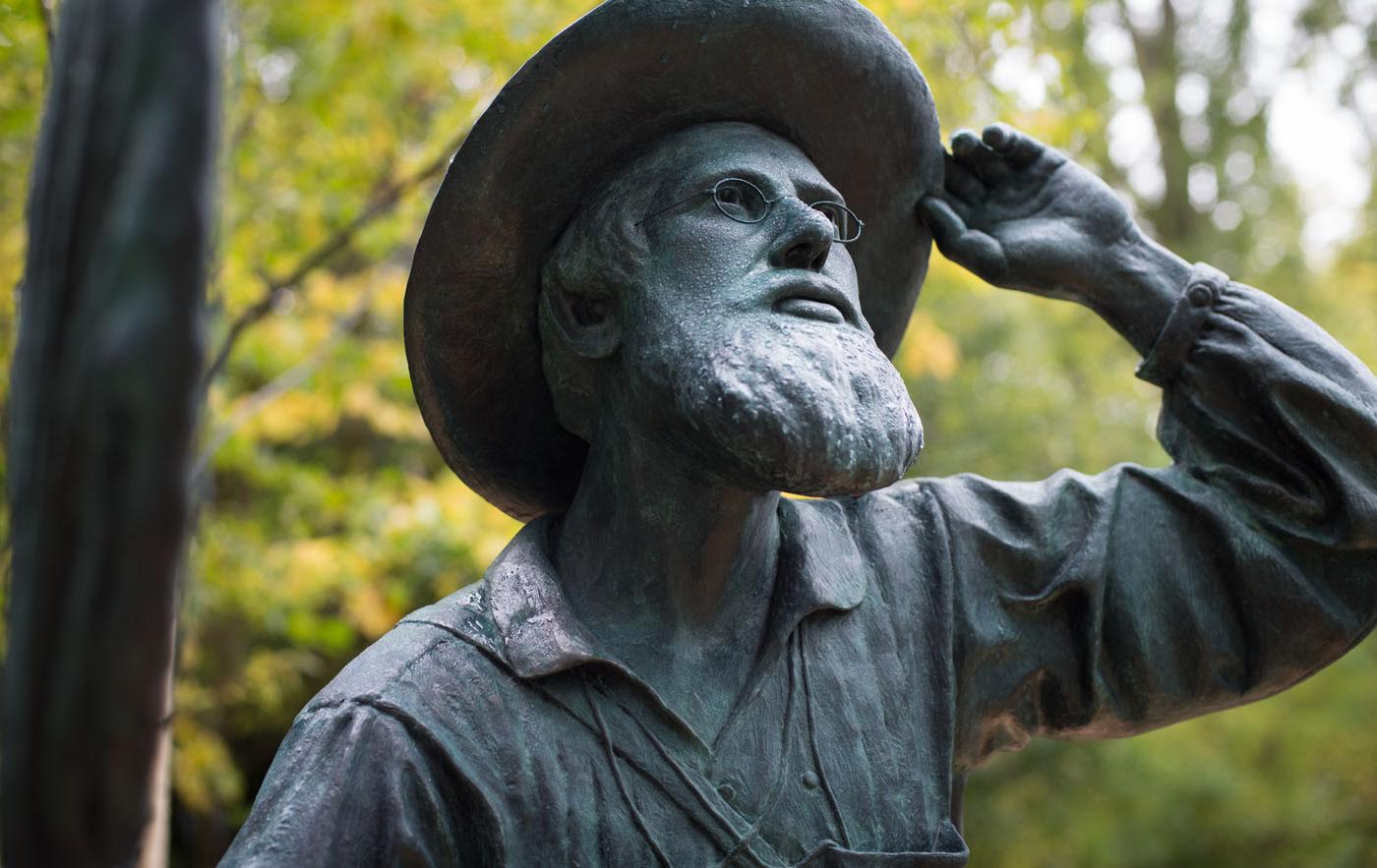
Photo courtesy of Anthony Smith
Where would you like to see yourself and your art 10 years from now? Are there any animals you haven’t sculpted that you would like to add to the list?
I have been planning to create a large sculpture exhibition for several years now, but it has been delayed by the pandemic. I hope that soon it will come to fruition and I will have the opportunity to show a large number of my sculptures in a comprehensive solo exhibition. I always have a long list of ideas and designs for future sculptures. I am particularly excited about the possibility of being commissioned to create a truly monumental wildlife sculpture. I would love to do a life-sized polar bear, for example – that would be spectacular!
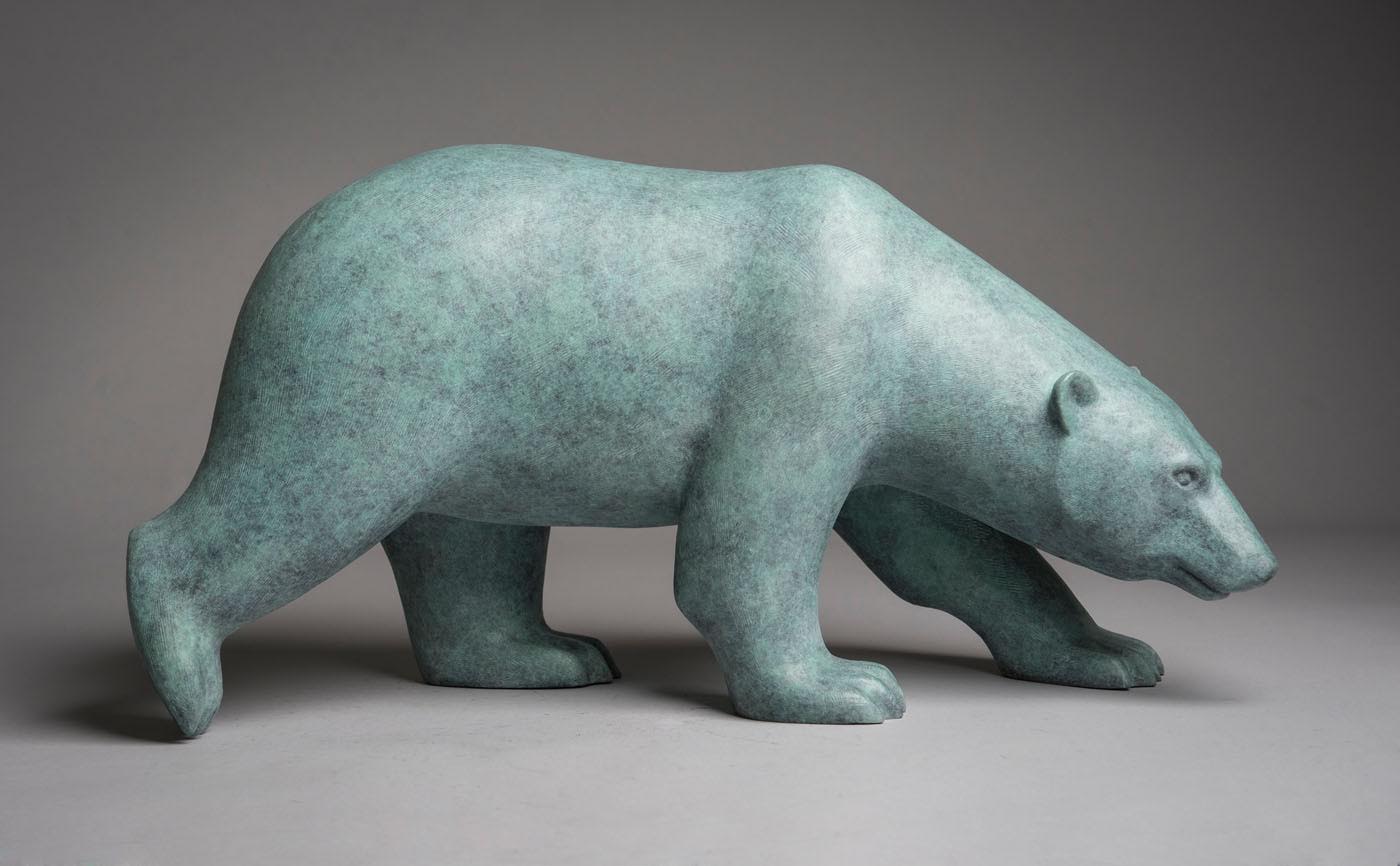
Photo courtesy of Anthony Smith
Do you have any family or friends that join you on your adventures?
I'm very lucky that my partner, Jenny, is so supportive and understanding of all the traveling that I do for my work. We do of course also go on trips together, but sometimes we are apart for a couple of months at a time. I feel very lucky to travel as much as I do, but being away from home for so long is of course a big sacrifice.
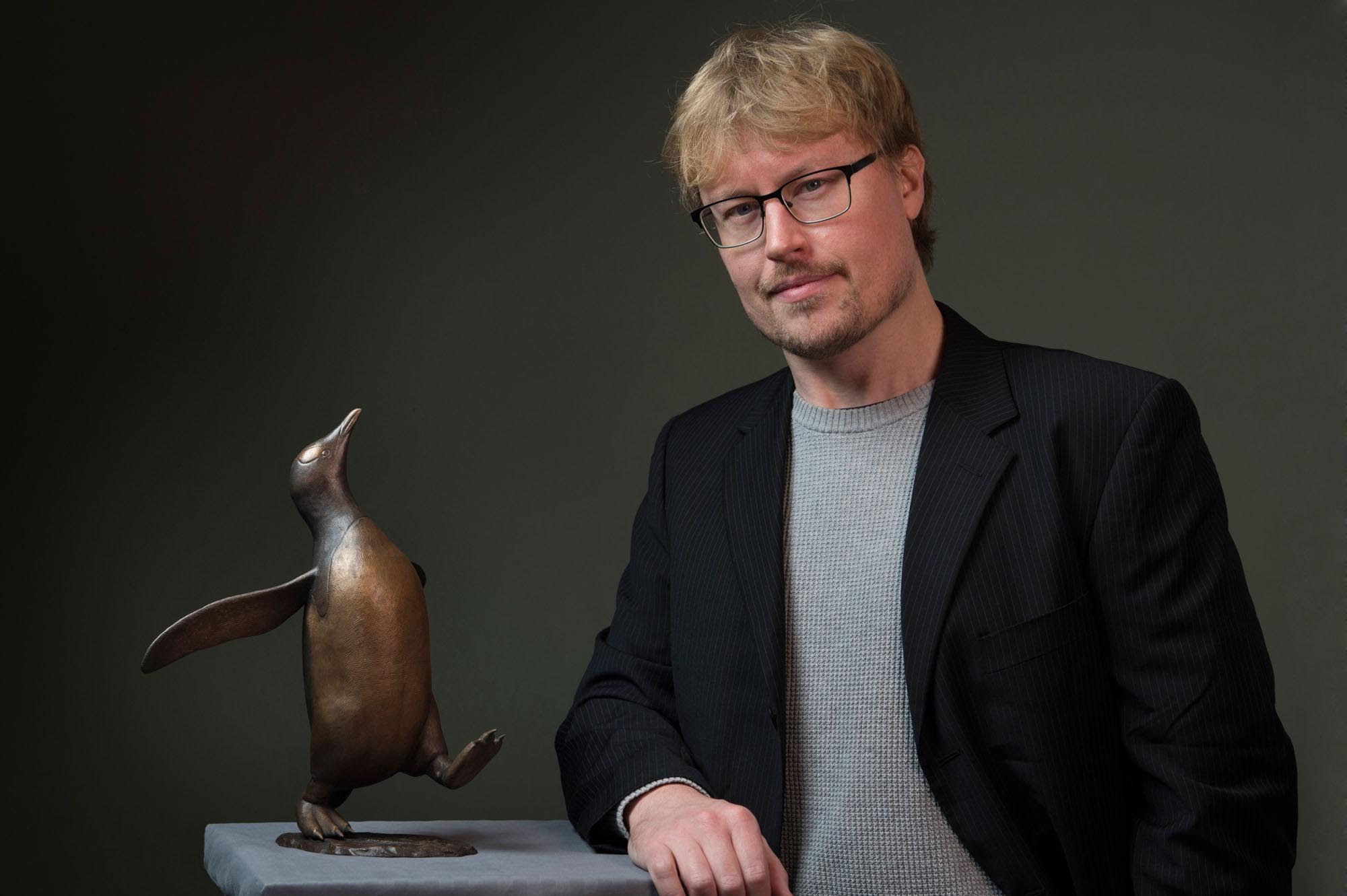
Photo courtesy of Anthony Smith
Is there anything else you would like to share?
I often get asked about the work that goes into creating bronze sculptures, so in 2020 I set up an Instagram account to share the behind-the-scenes photos and stories from my studio and foundry. If anyone would like to learn more about the sculpting process they might enjoy my account: @AnthonySmithSculpture.

Photo courtesy of Anthony Smith
